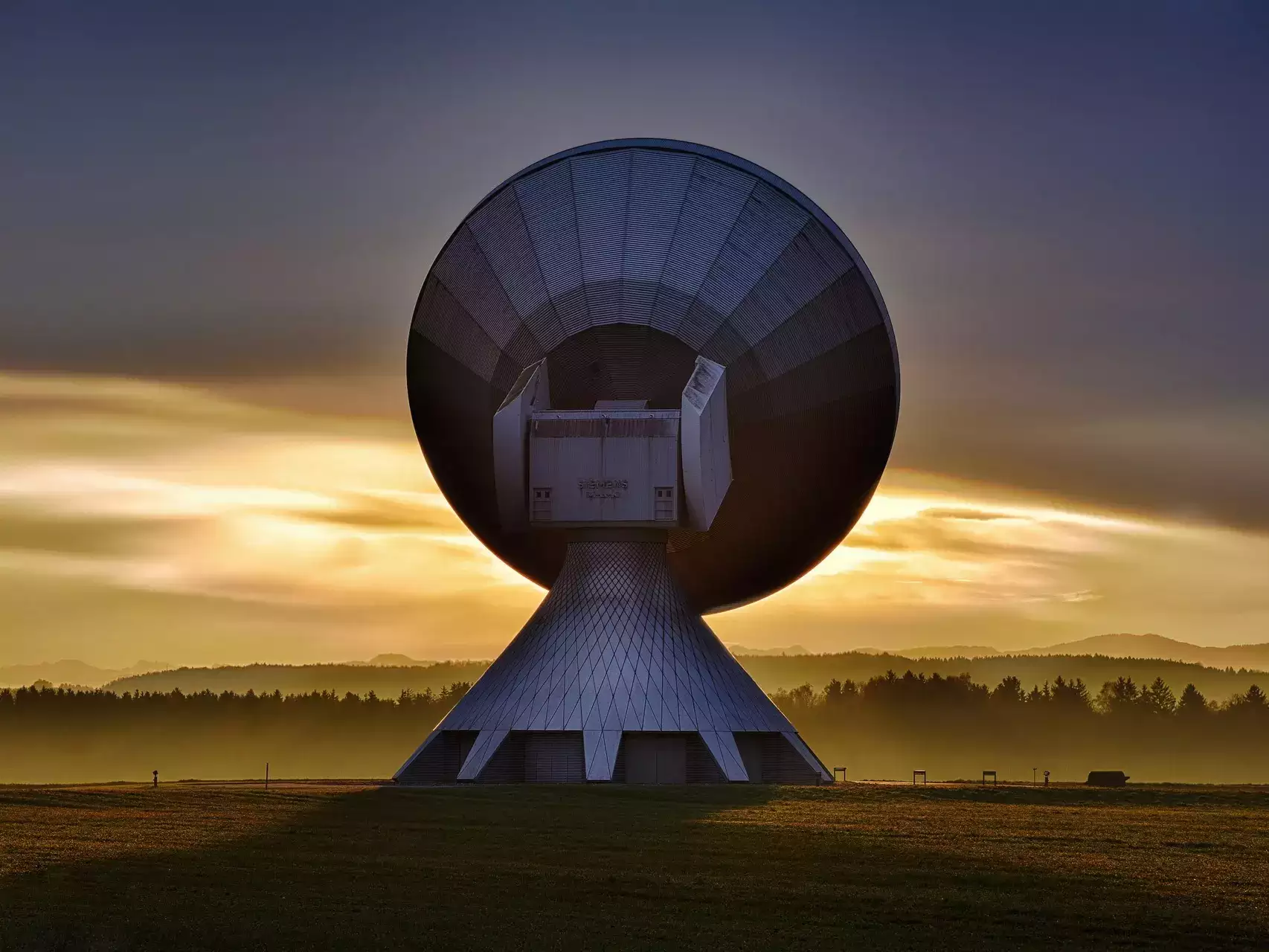NASA’s Deep Space Optical Communications (DSOC) experiment has achieved a major breakthrough in space communication. The experiment successfully transmitted data via a near-infrared laser to Earth from a distance of 16 million kilometers, marking the first time such capabilities have been demonstrated with near-infrared emissions. This breakthrough has the potential to enable faster communication speeds and facilitate the development of next-generation space satellites capable of capturing higher-resolution data.
While radio waves have been the traditional method of space communication, they have limitations in terms of data carrying capacity. Laser beams, on the other hand, can transmit vastly more data at significantly higher speeds. The DSOC technology aims to achieve transmission rates 10 to 100 times greater than current top radio communication systems.
However, there are still challenges to overcome. Precisely aligning laser beams over long distances and signal weakening as the laser beam travels introduce delays in communication. During the recent test, it took approximately 50 seconds for the data-carrying photons to travel from Psyche to Earth, and this delay is expected to extend to around 20 minutes when Psyche reaches its farthest point. Real-time adjustments must be made to both the ground-based and spacecraft-based lasers to ensure uninterrupted communication.
Despite these challenges, the DSOC experiment is a significant step forward in space communication. It has the potential to revolutionize space communication and pave the way for faster, more reliable data transmission from deep space, which will enable the transmission of immense amounts of information about the cosmos and facilitate the development of next-generation space satellites. This breakthrough could also allow for live video streams from the surface of Mars, providing real-time glimpses of the Red Planet’s landscapes.

